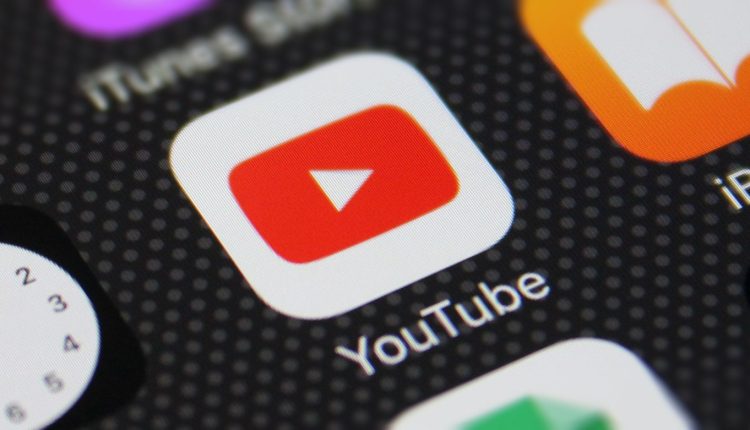San Bruno: YouTube is changing its livestreaming policies to further restrict child safety. The minimum age requirement for YouTube users to livestream by themselves will rise from 13 to 16-years-old starting July 22, according to a recent post on YouTube’s help support page. As part of Google’s parent company efforts to crack down on safety of children on the platform, new rules for livestreaming content will also require that adult supervision be on camera throughout the livestream if users are between 13 and 15-years-old.
YouTube detailed the new livestreaming policy on its support page and said it was aiming to improve safety for younger users. “Kids and teens deserve a safe space to be creative on YouTube. These updates are part of our ongoing work to protect children and teens on YouTube,” YouTube’s help support page said.
YouTube will no longer allow 13- and 14-year-olds to livestream on their own, a major change from the previous policy that allowed users as young as 13 to use their YouTube channel to go live on the platform by themselves. YouTube has been under pressure to better protect children on its platform for years, and this latest round of changes may surprise some younger creators and streamers hoping to join the platform in the age group between 13 and 16. In addition to the age requirements for livestreaming, YouTube said it will also begin disabling live chat or removing livestreams that fail to comply with the new rules. In severe cases of repeat violations, YouTube said it could even remove the ability to livestream for users that flout the new rules.
YouTube has been updating its platform’s child safety measures throughout the year. The company announced an age verification feature to prevent children from being able to bypass minimum age requirements earlier this year, in addition to improved AI measures to identify users who are underage.
As YouTube announced the new rules, many in the younger YouTube creator communities that focus on gaming and creative content expressed frustration over the new rules. However, YouTube’s requirements will still be dependent on an engaged moderation program, as more enforcement action may be required to further police child safety on the platform and determine the true ages of its users, with better age verification methods being required for better success.
YouTube will be going in a different direction than livestreaming competitors such as Twitch and Instagram, where 13-year-olds will be able to stream content on their own if a parent or guardian is present to supervise the content.



Comments are closed.